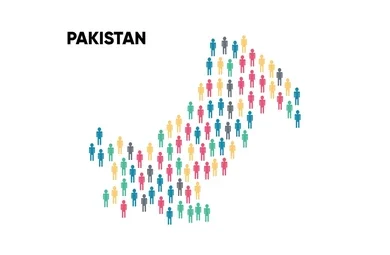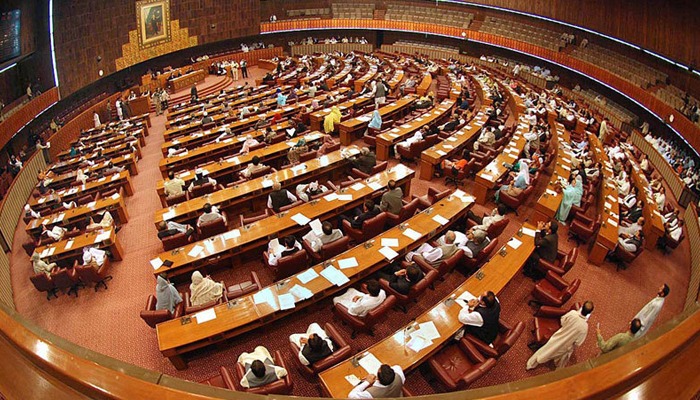Pakistan is undergoing a dramatic demographic transformation. According to the latest United Nations estimates, the country’s population has surged from 77.1 million in 1950 to an astounding 255.2 million in 2025—a 230% increase over 75 years.
According to the Khaleej Mag post, this rapid growth has propelled Pakistan from the 6th most populous nation in 1950 to 5th place globally in 2025, overtaking countries such as Brazil and Nigeria.

Pakistan’s demographic leap mirrors broader trends in regions like South Asia and Sub-Saharan Africa, where nations are witnessing significant population increases.
India has officially overtaken China as the world’s most populous country in 2025.
Pakistan now ranks higher than Brazil, Nigeria, and Bangladesh in global population standings.
Why is Pakistan’s population growing so fast?
Experts point to several key drivers behind Pakistan’s population boom:
High fertility rates sustained over decades.
A youth-heavy population structure, with over 60% under the age of 30.
Increasing urbanization and improved healthcare access boosting life expectancy.
What’s Next: Challenges and Opportunities:
A Demographic Turning Point:
From its early days as a young nation in 1950 to its status as a rising global player in 2025, Pakistan’s population trajectory is reshaping not only its own destiny but also contributing to the broader dynamics of global development.
Pakistan’s demographic leap is no longer just a statistic—it’s a signal of transformation.

















